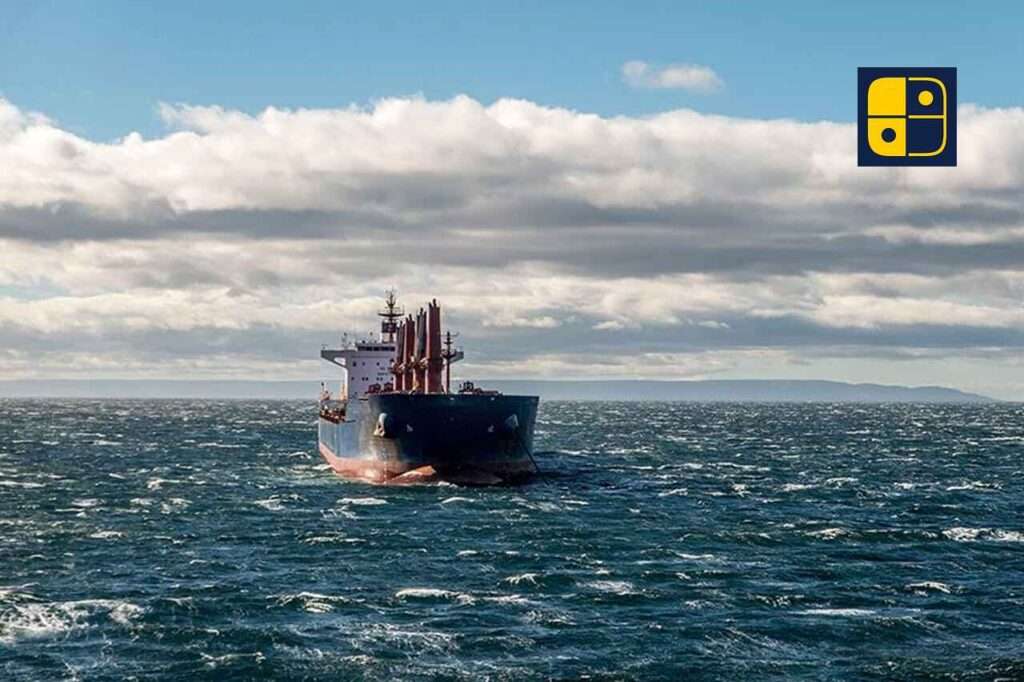The recent utilization of Russia’s Arctic maritime route by a Chinese freighter on its way to the United Kingdom indicates a dramatic shift for global trade. At 14,000 kilometers the Northern route is much shorter than the conventional 21,000-kilometer Suez route and will significantly shorten expenses and shipping times. Supported by Chinese and Russian investments in icebreaking capacity and other technologies and infrastructure in the Arctic, the formerly obstructed territory is developing as a legitimate trade corridor.
The development of this route poses a challenge to the United States’ historic supremacy over shipping chokepoints like the Strait of Malacca and the Panama Canal. Meanwhile, ASEAN may find its strategic leverage diluted. The Strait of Malacca remains significant as a maritime chokepoint for global commerce and energy imports for China, but it does not have an enduring monopoly over commercial transportation. This may have consequences for the economies of countries such as Singapore, Malaysia, and Thailand, which have benefitted from the economic centrality of the Malacca Strait.
The Arctic has many oil, gas, and mineral resources which attract competitors from around the world; meanwhile, it is also a transit lane. For ASEAN, the Arctic’s new reality requires the modernization of the ports in ASEAN states, participation in Arctic governance, and tying this discourse into the question of climate change; climate change that threatens its own coastal cities. For India, the development underscores the importance of monitoring new trade corridors and strengthening its role in Indo-Pacific and Eurasian connectivity.

